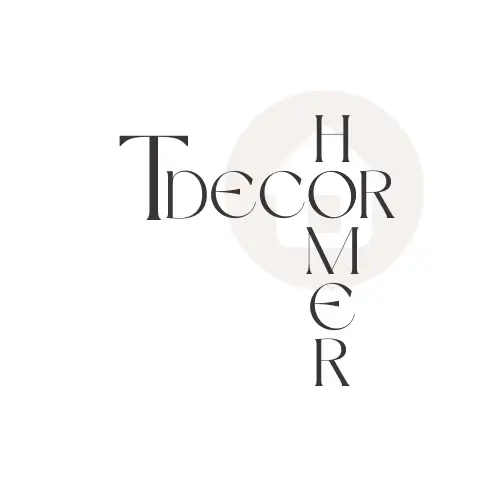What Is The Best LED Light For Office?
Simply put, your team’s attitude, energy, and productivity are all directly impacted by the office lighting in the workstation.
If the lighting is too low, your employees are sure to feel drowsy and tired. On the other hand, excessively bright lighting will strain their eyes. It could even result in migraines and interfere with their body’s normal circadian rhythms.
I recommend you go for a stroll in the middle of the day. I want you to observe how your office lighting affects the employees’ attitudes and productivity. Recent ergonomics research points out that the above-mentioned problems are real.
In case you don’t know, a detailed study on human productivity in a workplace is termed ergonomics.
Do note that balancing everything may take some time and effort. But it with be worth it. Allow me to help you with this!
Today, I will cover the “ifs” and “buts” of office lighting. Also, my aim would be to assist you in making the best choice possible for all your particular needs. So, let’s dig in…. shall we?
Choosing the ideal office Lighting
It may be difficult to decide which lighting is appropriate for the business because so many different light hues and fixtures are available in the market. These pointers and recommendations should help you choose workplace lighting that will inspire, engage, and maintain the wellness of all your employees.
The color temperature of the light source we frequently work with is one of the most obvious factors affecting our function. With that in mind, let’s have a look!
Understanding Lighting Variations
What do lighting temps and hues represent for individuals who are not familiar with them?
No worries! I’ve got you covered… The color emitted when something is heated to a high degree is measured numerically in Kelvin (K) as the temperature of light. The thing that is burned changes color and emits some of that light as the temperature rises.
Consider a blacksmith heating up an iron horseshoe for example. The horseshoe will glow in various colors as the temperature rises, starting with red and progressing through orange, yellow, white, and eventually a bluish-white hue.
Higher color temperature light sources are referred to as “cool”. They are on the violet and blue end of the color spectrum. Whereas lower color temperature light sources are referred to as “warm” because they emit red, orange, and yellow colors.
LED vs. fluorescent
To replace fluorescent lighting with something more energy-efficient, LED have become quite popular these days. While LED lights may initially cost more than fluorescent ones, using them in the workplace will likely result in financial savings for the company. This is because LED lights typically last longer than fluorescent lights and don’t produce as much extra energy or infrared radiation.
Your employee wellness may also benefit from LED lighting. Fluorescent lights are unlikely to cause headaches, but they surely cause migraine in individuals prone to them. Fluorescent lighting prevents melatonin production and can also disrupt sleep patterns because workers frequently stay at the office past sundown.
On the flip side, LED lights are a better option for one’s health. It is because they can typically be dimmed to match the time of day and the season.
Choosing the appropriate office lighting
Here’s your 5-point checklist to choose the best office lighting. Steal it…
1) Evaluate Your Workplace First
Examining your workspace is the first step in choosing a proper office lighting. Take note of the source of the natural light and whether there is enough of it to decrease (or even turn off) the artificial lighting during the ugliest hours of the day.
Ask yourself these:
- Is there enough light already in place to at least exceed minimal requirements?
- Can I make any changes to the current setup?
- Does any part of my workstation have glare?
- Do team members voice concerns regarding eye fatigue?
Engaging an expert to quantify illuminance, brightness (two separate variables), reflectance, and contrast is useful.
2) Select the Office Lighting Types You Require
There are several choices for workplace lighting, including:
- Direct lighting—think desk lamp—is optimal in addition to indirect illumination at each workplace.
- Most frequently employed in manufacturing to eliminate glare, direct-indirect lighting directs light up and down for uniform coverage.
- Indirect lighting, which is most frequently utilized in office environments, directs light upwards. It is where it spreads more naturally across the entire space.
- Shielded lighting is another great choice. It filters and disperses light using a variety of covers and lenses to illuminate your workspace completely.
- Most of the time, direct task lighting combined with widely diffused light sources (direct-indirect, indirect, or shielded) works effectively in offices.
3) Install task lighting at each workstation.
As I have discussed earlier, it’s preferable to combine any ambient light at each workstation with direct job lighting, whether it comes from windows or ceiling lights.
In this way, each team member has an access to a desk lamp that is simple to operate, easily adjustable, and produces at least 500 lumens.
4) Give Your Team As Much Access To Natural Light Possible
Large, floor-to-ceiling windows in older buildings may let in a lot of natural light throughout the day. Newer structures could only have a few tiny windows, preventing you from lighting up your entire crew. Consider installing office lighting that replicates the hue and temperature of the local natural light if there aren’t many windows in your workstation.
5) Avoid Flicker at all costs
Even flicker that is invisible to our naked eyes is pretty bothersome. With continuous exposure, it can lead to eye strain, migraines, and other health issues.
To keep your team from being impacted by flicker:
- Up your lighting options to ones that use electronic ballasts.
- Make sure the lights’ components are all in good working order.
- Plan regular light bulb replacement
End Note
As you can see, an appropriate workplace lighting is crucial to your company’s success. If you want maximum productivity out of your employees and care for their wellbeing, re-think about your office lighting setup today. I know it’s a difficult one. But, today’s discussion is sure to give you a big heads up. All the best!

